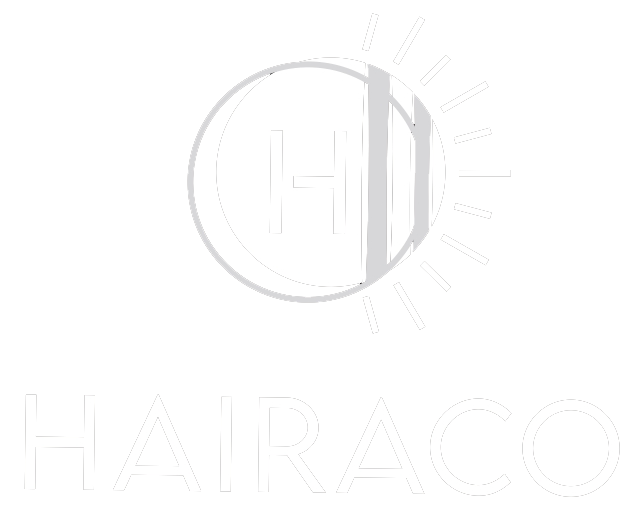When it comes to achieving professional results in hair coloring, the tools you use are just as important as the products themselves. One tool that often goes underappreciated but plays a crucial role in the coloring process is the hair foil board. The right hair foil board can make the difference between a smooth, efficient application and a messy, uneven one. This guide will help you navigate the diverse materials available for hair foil boards and ultimately choose the best one for your needs.
Why Use a Hair Foil Board?
A hair foil board is a sturdy surface that provides a backing for the foil during color application. It supports the stylist in achieving even and precise color distribution. The main benefits of using a hair foil board include:
- Stability: Keeps the foil steady, reducing the risk of slipping and color bleeding.
- Efficiency: Speeds up the process by providing a reliable working surface.
- Control: Allows for better handling and placement of foil and color, leading to cleaner sections and lines.
Types of Materials for Hair Foil Boards
Hair foil boards come in various materials, each with its unique properties. Below are some of the most common materials used and their pros and cons.
Plastic
Plastic is a lightweight and inexpensive option. These boards are often flexible and easy to clean, making them a popular choice for many hair salons.
- Pros: Affordable, lightweight, easy to clean, and durable.
- Cons: May not provide as much stability as harder materials, prone to scratches.
Metal
Metal hair foil boards are usually made from aluminum or stainless steel. They offer excellent stability and are easy to sterilize, which makes them a hygienic choice.
- Pros: Very stable, durable, easy to clean and sterilize.
- Cons: Heavier than other materials, more expensive, can become hot if exposed to heat.
Wood
Wooden boards offer a great balance between stability and comfort. They are usually treated to resist moisture and stains but require occasional maintenance.
- Pros: Stable, comfortable to hold, aesthetically pleasing.
- Cons: Can be heavier than plastic, requires maintenance, and may absorb colors over time.
Glass
Though less common, glass foil boards are an excellent choice for those seeking a smooth surface that is easy to clean. They are usually made from tempered glass, making them reasonably durable.
- Pros: Extremely easy to clean, smooth surface, aesthetically modern.
- Cons: Fragile, heavy, more expensive, can be slippery.
Other Considerations
Aside from the material, other factors that may influence your choice of hair foil board include:
- Size: Ensure the board is large enough to accommodate the foils but small enough to be manageable.
- Grip: Some boards come with a handle or grip feature for better control and comfort.
- Edge Design: Boards with beveled or rounded edges can prevent tearing of the foil.
- Price: Determine your budget and weigh the benefits of higher-end materials against their cost.
Conclusion
Choosing the best hair foil board material depends on your specific needs and preferences. Whether you prioritize cost, durability, or hygiene, there’s a perfect board out there for you. By considering the factors outlined in this guide, you can make an informed decision and ensure your coloring process is as efficient and professional as possible.

